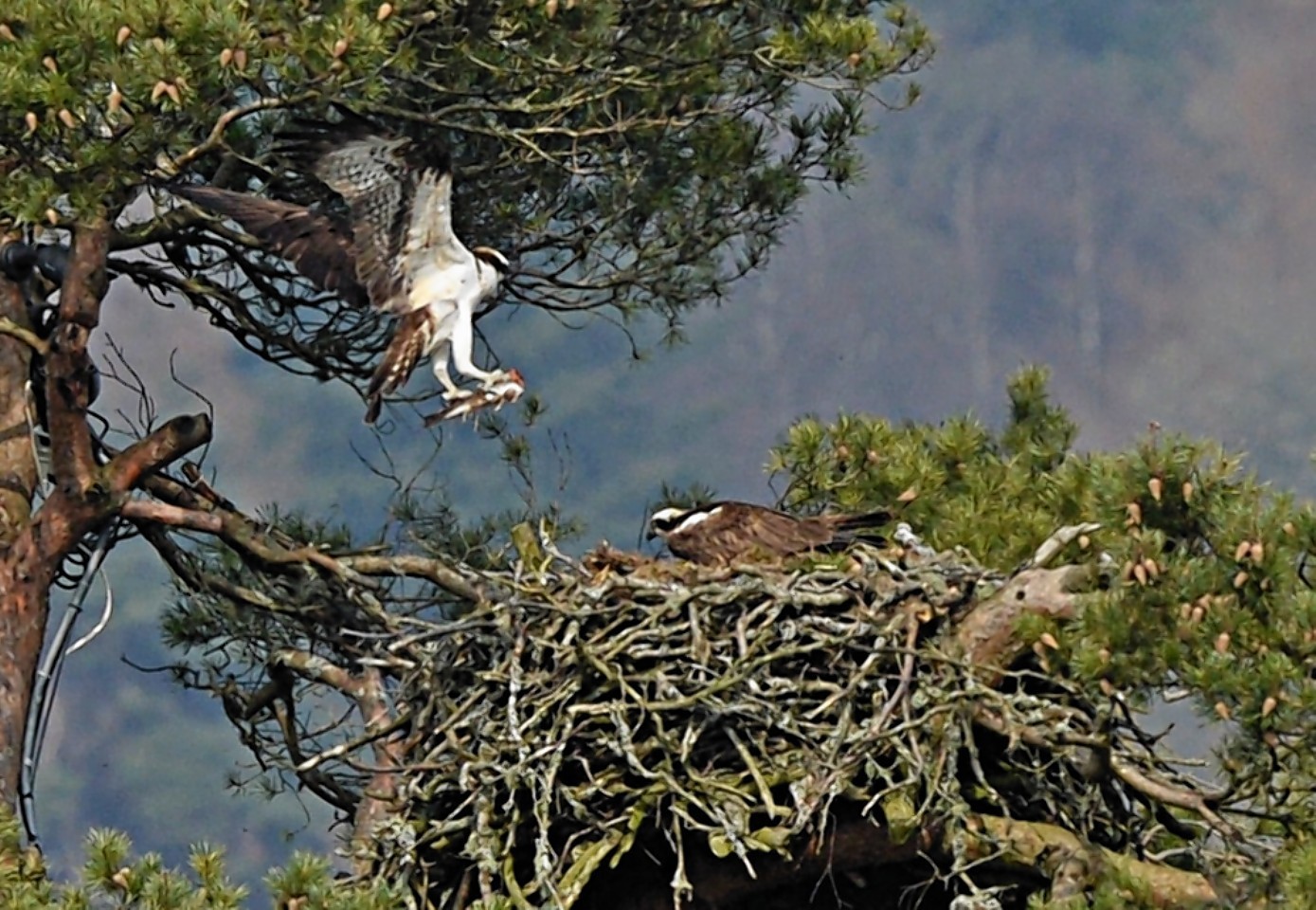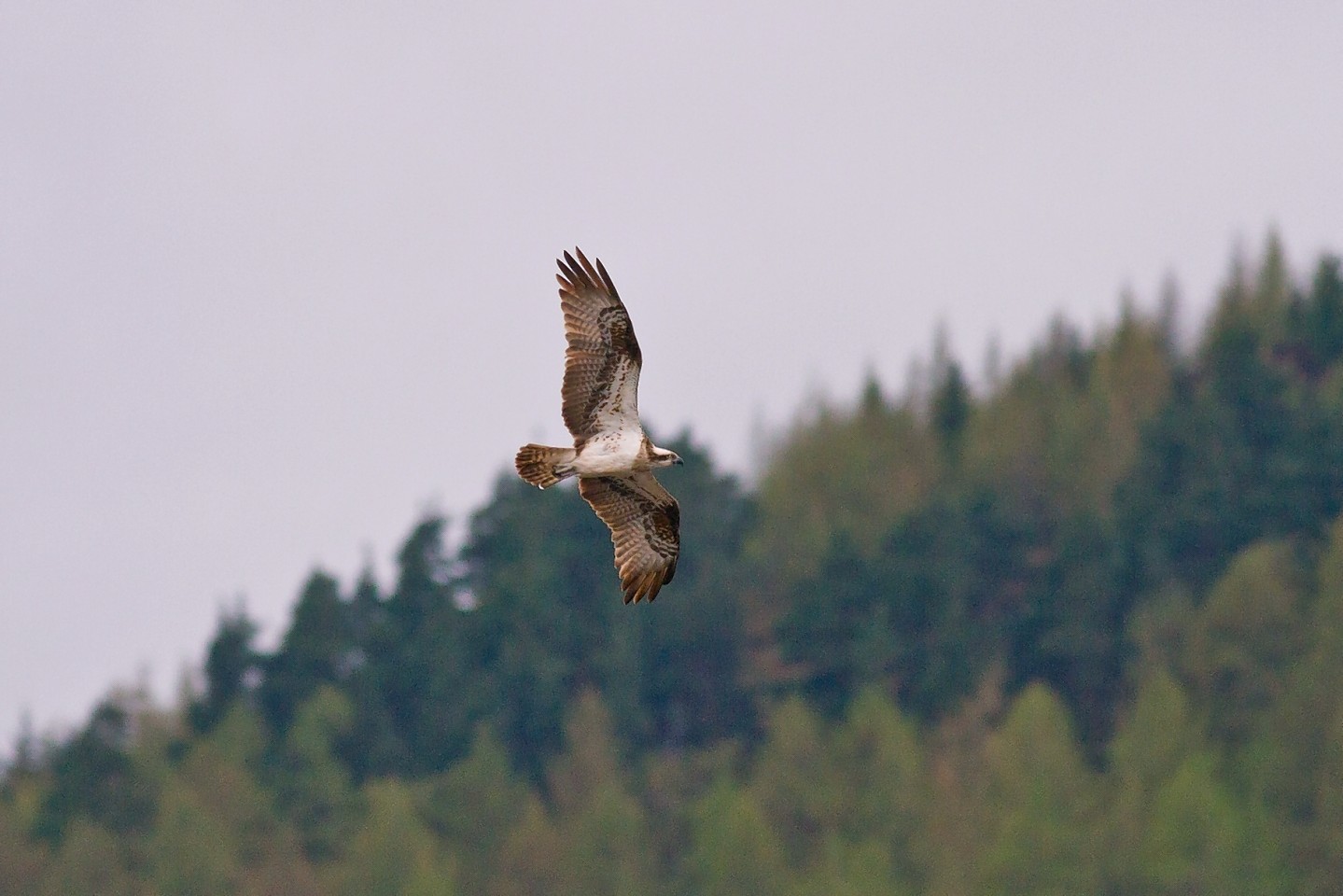She has delighted bird watchers for two decades by returning to Scotland year after year to lay a record number of eggs.
Lady, the UK’s oldest breeding osprey, has attracted droves of nature enthusiasts to the Scottish Wildlife Trust’s Loch of the Lowes reserve, near Dunkeld, for the last 24 years.
But every autumn, the 29-year-old raptor’s followers wave her off – well aware of the diminishing chances of her completing her epic migration.
And now it appears Lady may have said her final farewell, as she has failed to return to her nest at the reserve.
Staff had hoped the hardy old bird – which has fledged a record 50 young – would return for a 25th successive year, and attempt to breed once again.
But in 24 years, the latest she ever returned from her annual migration to West Africa was April 7.
They have now conceded the most likely explanation is her demise.
Meanwhile another, younger, female has now settled on the nest with Lady’s five-year-old mate, Laddie.
Jonathan Pinnick, assistant manager at the reserve, said yesterday: “There is still no sign of Lady and we are now at the point where we have to accept that unfortunately she hasn’t made it back.
“In all her years, she has never been this late.
“We can’t say categorically that she has died but it is likely. Generally speaking, birds will return to their nest if they can.”
Lady was never ringed or tagged — she pre-dates satellite tagging — so it is unlikely staff will ever discover Lady’s fate.
Mr Pinnick added: “It is possible Lady may have decided not to migrate this year, having not had any chicks last year and with her advancing age.”
Lady has been a wildlife phenomenon having produced a record-breaking 71 eggs and fledged 50 chicks in her lifetime.
Female ospreys live an average of eight years and produce about 20 chicks in that time.
Mr Pinnick added: “As remarkable a story as Lady’s life here was, in terms of the long term future of osprey conservation at Loch of the Lowes, having a new female gives us renewed hope that there will continue to be a number of successful breeding seasons here.
“The female is spending a lot of time in and around the nest and we are hoping to see the first egg in the next few days.”

